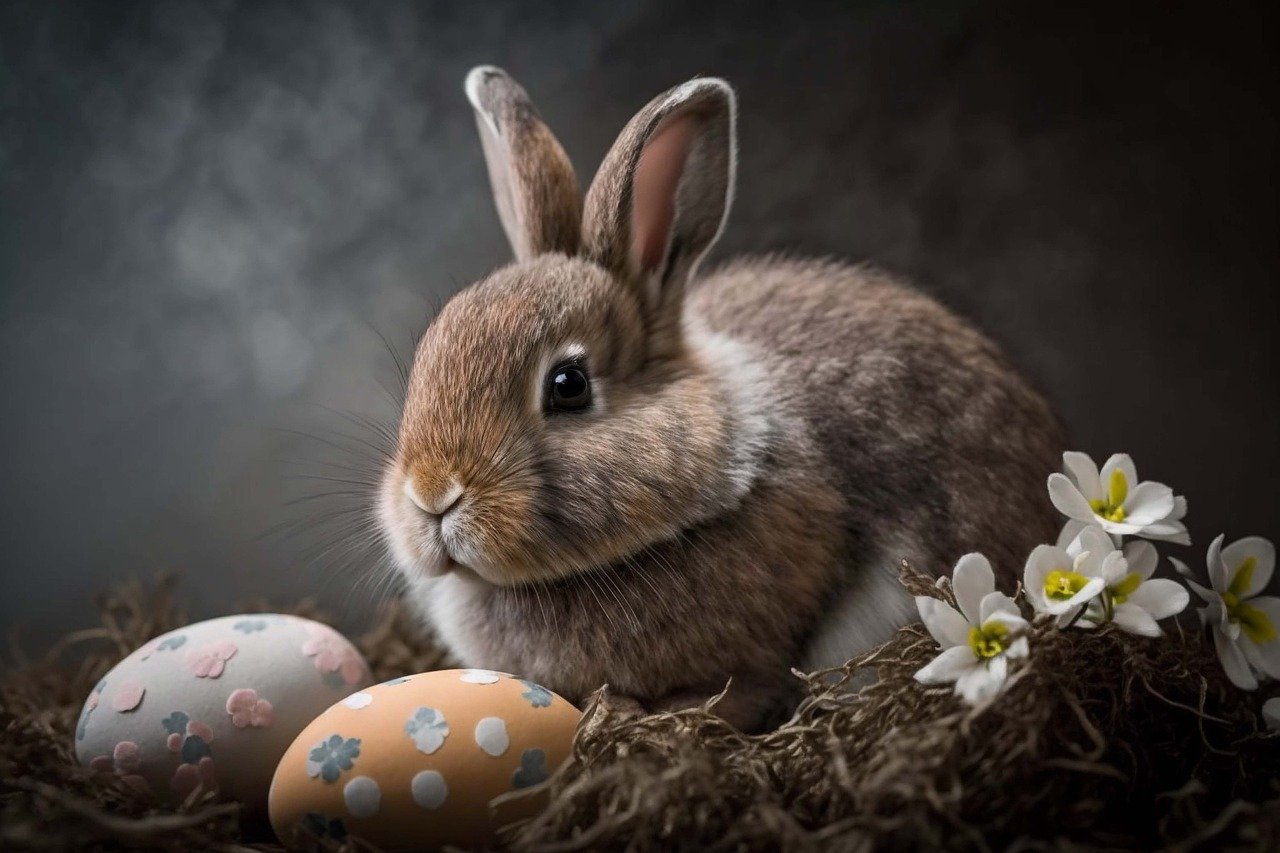History of the Easter Bunny
 The Easter Bunny has been part of the Easter celebration for centuries. The earliest known accounts of folk tales involving the bunny coming from 16th century Germany. By the 1800s, the concept of the Easter Bunny had spread to many countries. The United States gave it an official welcome in the 19th century. Over the years, the Easter Bunny has become a recognizable symbol of Easter. Often portrayed as an humanlike rabbit delivering Easter eggs and other goodies to children. Today, in addition to the Easter bunny gifting baskets and eggs to children. Easter bunny decorations are common, ranging from plush toy bunnies to candy-filled eggs.
The Easter Bunny has been part of the Easter celebration for centuries. The earliest known accounts of folk tales involving the bunny coming from 16th century Germany. By the 1800s, the concept of the Easter Bunny had spread to many countries. The United States gave it an official welcome in the 19th century. Over the years, the Easter Bunny has become a recognizable symbol of Easter. Often portrayed as an humanlike rabbit delivering Easter eggs and other goodies to children. Today, in addition to the Easter bunny gifting baskets and eggs to children. Easter bunny decorations are common, ranging from plush toy bunnies to candy-filled eggs.
The Easter Bunny is said to have originated from German folklore. The creature being depicted as a hare delivering colored eggs to good young children. Immigrants from Germany and other surrounding areas brought the tradition to America, where it was further popularized by publications in magazines and newspapers. The first Easter candy and decorations were made in the 1800s. By the end of the 19th century, Easter eggs had become a central part of the holiday.
The look of the Easter Bunny has also evolved over time, from the traditional white rabbit to the more contemporary Easter Bunny of today. He is now dressed in brightly colored pastel clothes and accessorized with a basket overflowing with eggs. The Easter Bunny is just one of many ways we connect with, and celebrate, the spirit and joy of the Easter season.
